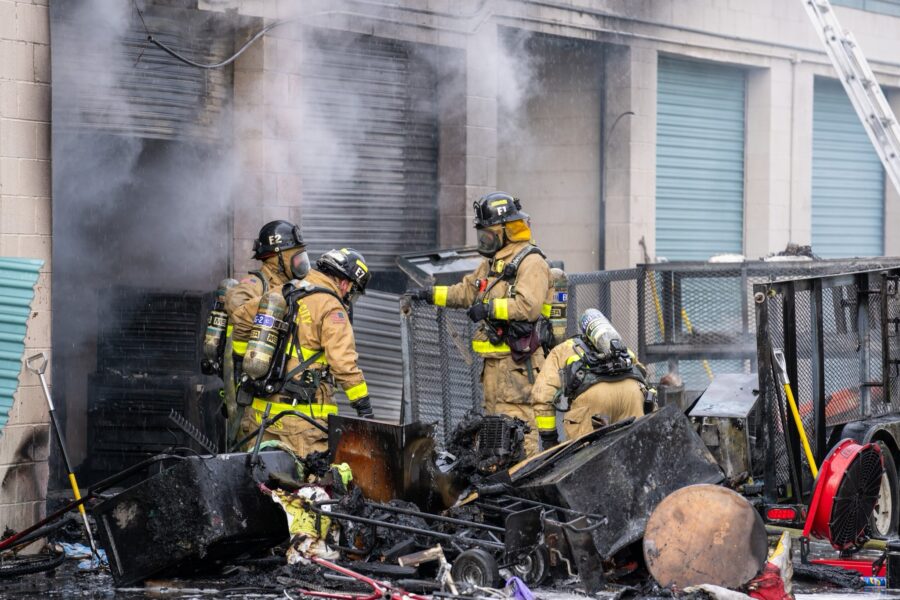Utah Crew Lights Up Navajo Homes
Apr 15, 2019, 10:34 PM
Apr 15, 2019, 10:34 PM

Subscriptions to streaming services and other apps can start draining the wallet, if you aren't paying attention to price increases.
4 hours ago

The Salt Lake City Fire Department was successful Thursday after heading to a storage unit that caught fire.
5 hours ago

The Holladay homeowner where dynamite was detonated Wednesday morning is apologizing to neighbors for the damage to their homes and disruption to their lives.
6 hours ago

On Thursday, Salt Lake City School District sent out a district newsletter that included presentations to be showed to students during class. These presentations give information to students on bathroom policies following the new bathroom law.
6 hours ago

Seventeen states are challenging new federal rules entitling workers to time off and other accommodations for abortions.
7 hours ago

A concerning trend in South Salt Lake as more people head outdoors this spring. A police spokesman said about 40 drivers were stopped and half were cited for not following crosswalk safety laws.
7 hours ago

Connected printers have vulnerable endpoints that are an easy target for cyber thieves. Protect your business with these tips.

Check out the latest lighting design trends for 2024 and tips on how you can incorporate them into your home.

Experiencing a glitch in your computer can be frustrating, but with these tips you can have your computer repaired without the stress.

Explore the benefits of upgrading to Windows 11 for a smoother, more secure, and feature-packed computing experience.

Get ready for festive celebrations! Discover expert tips to prepare your home for the holidays, creating a warm and welcoming atmosphere for unforgettable moments.

Get more power out of your laptop battery and help it last longer by implementing some of these tips from our guide.